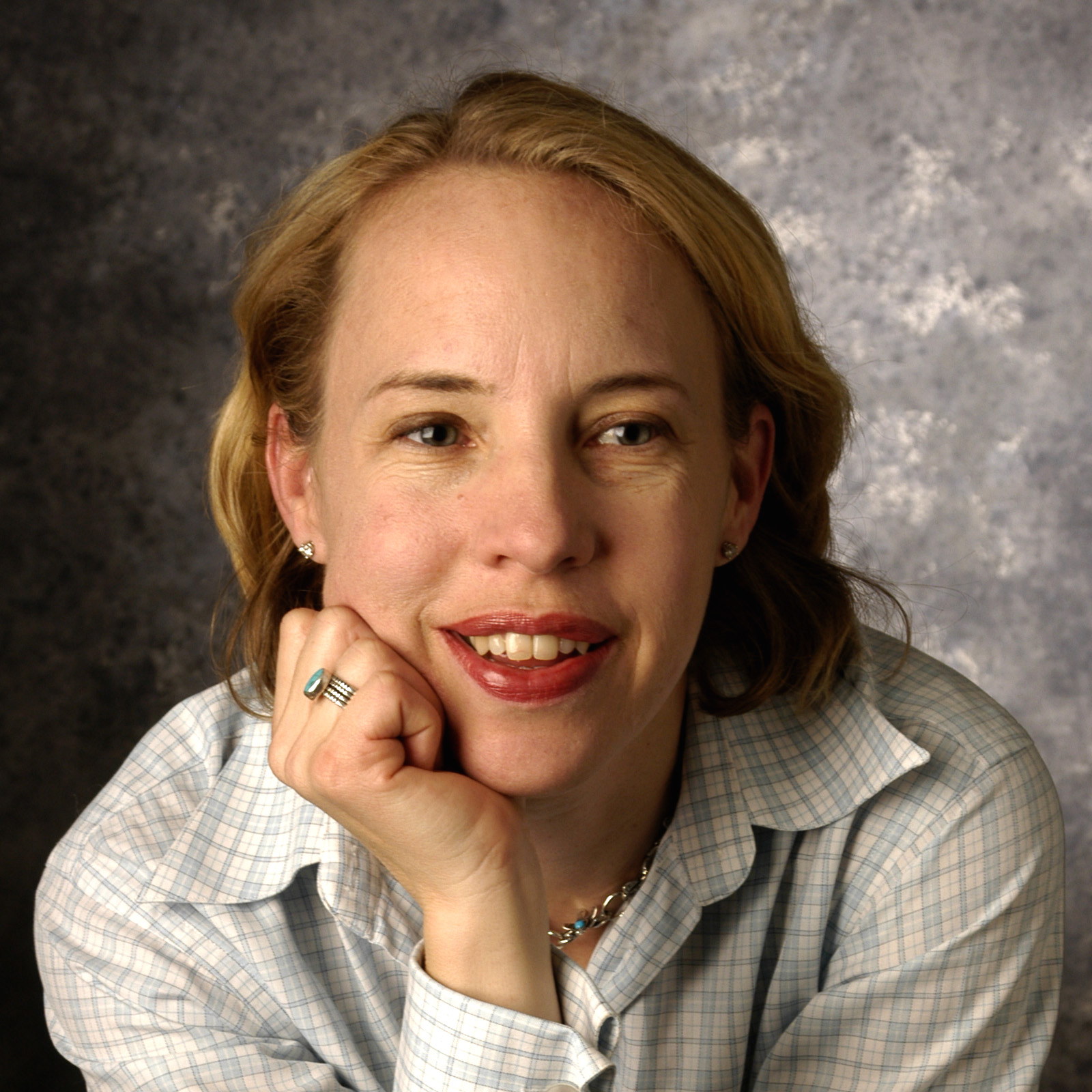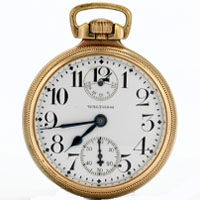For better or worse, the new year is time’s touchstone
SMU historian Alexis McCrossen, who specializes in how we mark the passage of time, offers her expertise on marking a new year.
By Alexis McCrossen
From the December 30, 2016, edition of The Dallas Morning News:
 Alexis McCrossen |
As the year draws to a close, it is easy to agree with the anthropologist Margaret Mead's complaint, made nearly 50 years ago, that Americans "treat New Year's casually." Her lament that we made it "the mere shell of a celebration without content or focus" could be ours.
As Mead put it, the holiday "once focused men's deep emotions about the past and future and the continuity of time." Today, few among us think deeply about the passage of time when the new year rolls around. We might plan a party, or an evening out, or even make a few resolutions, but who among us pauses long enough to take account of the previous year or to think deeply and soberly about the coming one?
Thousands of years ago, the ancient Romans introduced the month of January, named in honor of the god of time, Janus. The two faces of Janus allowed him to gaze on the past and the future. On the first day of January (which came shortly after the winter solstice) they commemorated endings and beginnings, death and life. They gave gifts and tried to purify themselves and their community through burning salt and spelt.
Over the centuries, traditions changed, but New Year's retained its importance in the annual cycle. Not long after our nation was founded, Americans treated New Year's as "a time for memory and for tears" (as the poet George Prentice put it in the 1830s). They filled diaries and letters with retrospective views of the previous year, and voiced faith that the future, though uncertain, was in God's hands. They listened to sermons at church, made formal visits to their political leaders, including the president, and settled their business accounts.
It was not altogether a happy holiday, for New Year's Day was moving day, when city families who could not pay the rent were sent to the curb, and when slaves who had been sold or rented out were forced to leave their friends and family. Until Abraham Lincoln signed the Emancipation Proclamation on Jan. 1, 1863, the day was known among African-Americans as "heartbreak day."
That the arrival of the new year as a harbinger of heartbreak remains a possibility. New Year's Eve is the night you are most likely to die in a traffic accident. If you are not yourself drunk, chances are that the other driver will be. If it is a single-car accident, you probably were under the influence.
If you do get hammered but don't get in a car, you could still die from blood alcohol poisoning, in a drunken brawl, or in a fire. Sober or trashed, you could get hit with a stray bullet from a gun joyously fired after the clock strikes midnight. Or you could be stabbed, beaten or shot to death. Or you could fall off a balcony during your engagement party. Or get blown up while hugging a giant firecracker. Or be crushed by an elevator.
These are not hypothetical examples: All of them happened a year ago, at the dawn of 2016. Conversely, New Year's could be the happiest moment in a life. The twins who arrived in San Diego just before and after midnight were among the hundreds of babies vying to be the first baby born in 2016.
Reminiscence about the passing year inevitably includes mourning those who died while celebrating new life, whether in the form of babies, relationships or chances. Life and death, beginnings and endings, that is what time ultimately is all about.
At no moment do the two extremes intertwine more provocatively than New Year's. When the old year dies, the new one comes to life. That the holiday happens to be when more people die and are born than usual is incidental, but it highlights New Year's status as time's touchstone.
Today, time moves so quickly that the new year is at most a pause during which we marvel about how "time is moving so quickly." Then we get right back on the fast-moving treadmill.
The flow of time rarely allows us to take account of its passage. So when we do face the fact of time's passage — especially on birthdays, with milestone events like graduations and anniversaries, and at funerals — we find ourselves wondering where the time went. It always seems like the time flew by. The children grew up so quickly. The once-busy life ended too suddenly. At these times, like at New Year's, we resolve to use the time better than we have. But then we lose ourselves in the flow of time again.
This New Year's, try something different: Like Janus, the two-faced god of time, purposefully look backward to the past and forward to the future. What is it important to remember about 2016? And what do you wish for in 2017?
Maybe you can even burn a little salt like the ancient Romans did to start the new year right. The point is, don't just raise a toast when the clock strikes midnight, or eat some black-eyed peas on New Year's Day, but stop long enough to reckon with what the passage of time means for you, your family and friends, our nation, and our world. "Peace on earth and goodwill to all," might resonate anew if we all were to do so.
Why Do We Dress Up For New Year's Eve? From Cow Hides To Expensive Baubles, We've Been At It For A While
From the Dec. 9, 2016, edition of The Bustle
By Marlen Komar
Every now and again, it’s nice to swap the sweatpants and cornerstore wine for a bit of tinsel and sparkle. But as you're zipping up your silver dress or cinching your bow tie come New Year's Eve, have you ever wondered why we pull out all the stops to ring out the old year? The history of dressing up for New Year's is an interesting one, taking us on all sorts of bends and turns before we arrive at our flashy sequins and mile-long fake eyelashes. From dressing up in cow skins to slipping on white mink before the clock refreshes, people have been glamming themselves out for the occassion for thousands of years. . .
But what actually triggered this wild shift towards clamor and falling asleep underneath tables? According to Dr. Alexis McCrossen, professor of history at Southern Methodist University and author of Time's Touchstone: The New Year in American Life, we can thank both electricity and clocks. "As cities became electrified, nightlife became possible due to extensive street lighting, the lighting of various entertainment venues, and electric streetcars and subways that allowed people to get around cities effectively," Dr. McCrossen explains in an interview with Bustle. Not only could you stumble back home in a wash of light bulbs, but you now had an exciting reason to stay up so late: The countdown.
"Finally Americans began to follow clock time closely: They carried pocket watches, filled their houses with clocks, and adorned their public buildings with ever larger clocks and louder bells. So the countdown to midnight — to the exact moment of New Year’s arrival — became a very exciting moment in which a clock-obsessed public could enact their new orientation toward exact and precise time," she points out. Keeping that anticipation in mind, a new party culture was formed.
And as more and more restaurants threw lavish banquets and clubs put on shows heavy with cocktails and dancing, New Year's now wasn't just a special occasion, but the biggest party of the year — which was something that people's outfits reflected. "As New Year’s Eve became more and more of a spectacle, women carefully selected their outfits so as to draw attention to themselves," Dr. McCrossen explains
"Many New Year’s Eve parties were sponsored by clubs, restaurants and hotels. They involved multi-course meals, champagne, and dancing to music provided by an orchestra. As midnight approach more and more noise was made, and at the stroke of midnight kisses were exchanged and toasts made," she shares. And the event was made all the more special with the whole room dressed up in their finest.
But if you didn't want to go to a banquet (or couldn't afford a ticket), there were still plenty of shindigs hosted at home. From society royalty to apartment owners in modest burroughs, these parties required everyone to come in their best attire. "Other people began to hold parties at home, often substituting the radio for orchestras. Radio stations would broadcast from venues like NYC’s 'Rainbow Room' and had New Year’s Eve 'dance parties,'" Dr. McCrossen confirms.
The Surprising Origins of the New Year’s Eve Ball Drop Tradition
From the Dec. 30, 2016, edition of Time magazine:
By Olivia B. Waxman
On New Year’s Eve, Americans may turn on their televisions and have a ball watching a sparkling orb be lowered from a flagpole at the top of One Times Square. The conclusion of the ball drop has become the annual signal that the clock has struck midnight on the first day of the year.
But, while the Times Square tradition dates back to the early 20th century, the idea of using a ball drop to mark time is much more than just a fun holiday activity.
The first “time balls” were built in England, in the Portsmouth harbor in 1829 and at the Royal Observatory in Greenwich in 1833, according to Alexis McCrossen, author of Marking Modern Times: A History of Clocks, Watches, and Other Timekeepers in American Life and professor of history at Southern Methodist University (SMU). (The Greenwich one still exists.) These devices were large enough and high enough to be seen from the harbor or port, and they were designed to help ship captains keep accurate time. For Britain, the maritime power of the day, the question of the time was an important one: at sea, without landmarks to determine longitude and without a stable surface on which to rest a pendulum, it can be hard to tell time precisely. Ship captains would look at the time ball to set their chronometers, a type of clock without a pendulum for seafarers, which had been invented by the carpenter and clockmaker John Harrison.
Though they were designed for mariners, the time balls became major attractions. At around a quarter to noon, large crowds in the area would go outside to get a glimpse of the timekeeper. “These balls, covered in black or red canvas, would be hoisted up to top and at the exact moment of noon, it would float down,” McCrossen says, “and you could check your time keeper.”
By 1844, there were 11 such balls worldwide.
In 1845, the U.S. Secretary of the Navy ordered one built atop the United States Naval Observatory in Washington, D.C.—but the American version of the time ball sounds a little bit less organized than its cousins across the pond. After someone gave some kind of oral signal, it would be thrown by hand, land on the Observatory’s dome and roll to the roof below. John Quincy Adams is said to have enjoyed strolling by to watch the time ball fall while he was a Congressman. Between 1845 and around 1902, time balls were erected at locations like San Francisco’s Telegraph Hall, to the Boston State House, as well as less famous towns, like Crete, Neb.
“The vast majority of clocks were put up by government entities to assert their right to control the time,” McCrossen argues.
